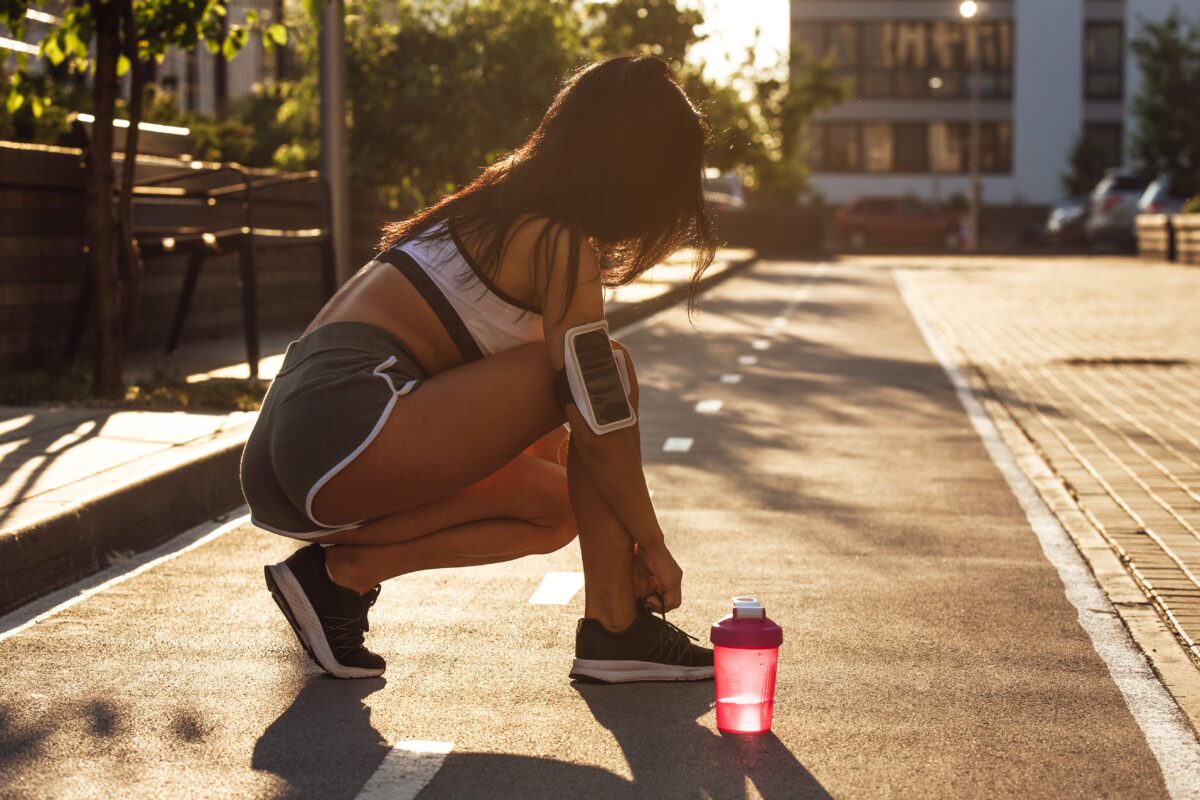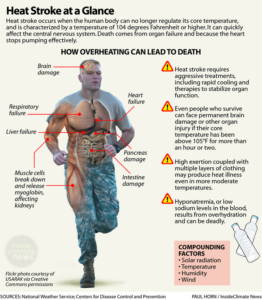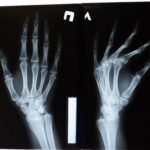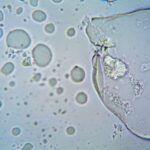Exercise and Overheating: When You Should Be Concerned

When you work out, your muscles create energy to sustain you and your body temperature starts to rise, increasing the risk of overheating. Then, your body will immediately swing into action to try and regulate your temperature. But if it fails to cool you down quickly enough, you might suffer heat exhaustion, heat illness, or heatstroke.
How do you prevent overheating during exercise, and how can you recognize and treat it if it occurs? Learn the answer below.
Why Exercise Increases Your Body Temperature
Exercising uses up your body’s stored energy quickly, so your muscles have to combine oxygen and Adenosine Phosphate (ATP) to create more energy. In the process, heat energy is generated as a byproduct, which means the more energy your muscles make, the more heat they produce.
This extra heat is what causes your core body temperature to rise when exercising. Your body is then tasked with reducing this heat as quickly as possible to keep your temperature in the optimal range — between 97.5° and 99.5° Fahrenheit.
There are two ways your body goes about lowering your body temperature when it overheats. The first is through sweating. When sweat is released and evaporates from your skin, it carries heat along with it and cools off your body.
Your body can also release heat by sending more blood towards your skin and away from your muscles. The increased body heat opens up the capillaries near your skin’s surface, allowing the heat to radiate out of your blood and into the environment.
Is Overheating During Exercise Dangerous?
Although your natural cooling system works hard to regulate your body temperature, it might not always succeed, especially when you are dehydrated or the weather is unusually hot or humid.
When your body overheats during exercise, the effects can range from mild to life-threatening if left untreated. You might experience heat-related illnesses like:
- Heat cramps. These are painful muscle spasms or contractions that can occur when your body temperature rises while exercising.
- Exercise-associated collapse. This causes you to feel lightheaded or pass out immediately after exercising, especially right after a race or long run when you stop and stand.
- Heat exhaustion. This can occur when your body temperature rises to 104°F (40°C), causing you to feel weak, dizzy, nauseated, or even faint. If you don’t treat heat exhaustion, it can lead to heatstroke.
- Heatstroke. This can occur when your body temperature rises even higher, exceeding 104°F (40°C). It halts your body’s basic processes and can lead to organ failure, brain damage, and death.

Source: InsideClimateNews
What Are The Symptoms of Heat Exhaustion and Heat Stroke
The main symptom of heat exhaustion or heat stroke is a body temperature of 104°F (40°C) or higher. However, some other signs and symptoms may suggest that you are on your way to heat exhaustion or suffering from heatstroke.
Early warning signs and symptoms of heat exhaustion include:
- Muscle cramps
- Elevated heart rate
- Rapid, shallow breathing
- Excessive thirst
- Nausea or vomiting
- Fatigue or maintaining
- Headache, dizziness, lightheadedness, and blurred vision
- Weak heartbeat and low blood pressure when you stand up
- Heavy sweating and cool, clammy skin
Symptoms of heatstroke include:
- Agitation
- Seizures
- Irrational behavior
- Rapid, shallow breathing
- Profuse sweating
- Red, hot, dry skin
- Slurred speech
- Rapid, weak pulse
- Delirium or extreme confusion
- Loss of consciousness
Who is At Risk For Heat Exhaustion and Heat Strokes
Some contributing factors can put certain groups of people more at risk for getting heat exhaustion and heat strokes. If you belong to these categories, you’ll want to take extra precautions when exercising in hot weather or humid environments:
- Women
- Children under four and older people over 65
- People who grew up in temperate climates
- People who are obese or in poor physical shape
- People who use alcohol excessively, especially before exercising
- People taking certain medications such as diuretics, antihistamines, stimulants, beta-blockers, chemotherapy drugs, and drugs for epilepsy
- People with certain health conditions like diabetes, heart disease, sickle cell disease, and other chronic illnesses.
What Should You Do If You or Someone Else Shows Signs of Heat Exhaustion or Heat Stroke
If you suspect that you or someone you know is experiencing heat exhaustion or heat stroke, you should take these steps right away:
- Stop all physical activity, sit or lie down and raise your feet slightly so your body can rest.
- Move to a cool place, take a cold shower, sit in an air-conditioned room, or wet a towel/cloth and place it on your forehead, chest, or the back of your neck.
- Take off any thick, heavy, or tight clothing.
- Drink lots of water or a sports drink containing electrolytes.
- In severe cases, place ice packs behind the neck and under both armpits.
- Contact your health care provider if symptoms don’t improve after an hour of rest and rehydration.
- Call 911 or head to the emergency room if symptoms worsen or you experience a seizure, confusion, shortness of breath, loss of consciousness, or a high temperature of 104°F (40°C) or above.
How Doctors Diagnose and Treat Heat Exhaustion and Heat Strokes
Health care providers need to perform a physical examination to diagnose heat exhaustion. This will involve taking your temperature and other vitals and enquiring about your recent activity and health history.
The doctor will then treat the heat exhaustion with one or two liters of intravenous (IV) fluid and electrolytes. If your symptoms don’t improve or your doctor suspects heat stroke, they may order drug panels, chest x-rays, electrocardiogram, blood work-up, and urine tests to rule out other potential causes and gauge your body functions.
Then they will proceed with the necessary treatment to reverse the symptoms of heatstroke and prevent further damage to your body.
How To Stay Cool While Exercising
- Avoid drinking caffeine, alcohol, or drinks with a high sugar content before your workouts as they cause dehydration.
- Drink lots of fluids before, during, and after your workouts. Take sips of water every 10 to 20 minutes, even if you don’t feel thirsty.
- Go for water and sports drinks that are cool but not too cold.
- During hot days, schedule your workouts for early morning or evening when the weather is cooler.
- Choose loose, lightweight clothing with wicking fabrics and light colors when exercising in hot weather.
- Exercise in a well-ventilated area or indoors whenever outdoor temperatures climb higher than 90°F.
- Avoid exercising in direct sunlight on hot days and try to stay on the shady side of a trail when hiking or walking.
The Bottom Line on Exercise and Overheating
Overheating can pose a danger to your health and result in heat related illness like heat exhaustion and heat stroke. Fortunately, all of this is preventable as long as you take the right precautions when exercising and follow up with treatment as soon as your body temperature rises higher than normal.
Sources:




